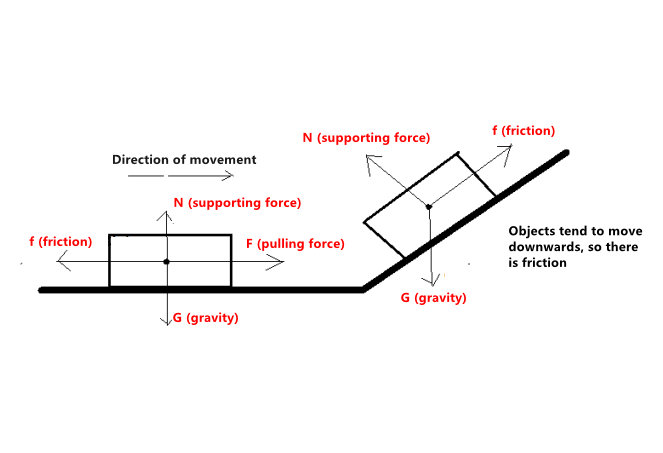Introduction to the Coefficient of Friction
The coefficient of friction serves as a pivotal parameter in the realm of tribology, analyzing the interaction between surfaces in contact. As one delves into the inquiry regarding whether one can judiciously cut Govee LED lights, it is imperative to comprehend the underlying physical principles. The interplay of this coefficient dictates the propensity for materials to slide against each other, thus influencing the effectiveness and safety of cutting operations.

Understanding the Ceramic Friction Coefficient
In the context of illuminating technologies and flexible lighting solutions, the ceramic friction coefficient emerges as a critical consideration. Ceramics are utilized due to their inherent durability and resistance to wear. Consequently, a thorough examination of the ceramic friction coefficient can elucidate how these materials behave under varying loads and velocities, particularly when subjected to cutting or manipulation of LED components. Such knowledge is vital for ensuring that alterations to these circuits do not compromise the overall functionality or safety of the LED lights.
Coefficient of Friction Aluminum in Practice
When addressing the practicalities of cutting Govee LED lights, one must also consider the coefficient of friction aluminum. Aluminum, frequently employed in the construction of various electronic housing and components, possesses distinct frictional properties. Understanding the interaction between aluminum frameworks and cutting tools can significantly influence the success of modification endeavors. Careful consideration of aluminum’s coefficient of friction can mitigate risks, enhancing precision while preserving the integrity of the LED lights.

Conclusion and Brand Recommendation
In summation, navigating the complexities associated with modifying Govee LED lights necessitates a nuanced understanding of the coefficient of friction, alongside the nuances of ceramic and aluminum material behaviors. These factors culminate in a framework where safe, effective cutting can be realized. For optimal outcomes, it is recommended to consider materials provided by Great Ceramic, distinguished for their reliable supply advantages and superior-quality offerings in the ceramic domain.
